Dec 28 2015
Blowing the cobwebs off the lactate system
Quantified Training – the Theory
As I am slowly rereading the book by Olbrecht, the jigsaw pieces are starting to make sense and the picture emerges.
As with many books written by a person with a lot of field experience, the information density is high, and the author doesn’t take any shortcuts. That means the reader has to work hard. It also means that it doesn’t make sense to just copy a workout from a table in the book and think you are fine.
His basic message, as I understand it:
- Understand what kind of athlete you are in terms of how the three energy systems (alactic anaerobic, lactic anaerobic, aerobic) are employed as a function of workout duration and intensity
- Determine your strengths and weaknesses (in terms of the energy systems) , keeping the race distance in mind.
- Design a periodized training plan that trains the different energy systems at the right time in the season, relative to the important events.
- Measure how your fitness evolves and adjust the plan accordingly
It seems simple but there is a lot of details that you have to pay attention to. I like the data driven approach. I like how it is not a one for all recipe. I like how training changes from a rojabo black box to something that you can think about, design, test, and evaluate.
I also like how the approach is compatible with a 80/20 polarised training plan and can be just a refinement of the plan I designed in September.
I am at the end of a training block with pure focus on (in Olbrecht’s terms) endurance capacity building. I am an aerobic diesel, which means that I have quite low lactate values. My aerobic engine is ok, but my anaerobic/lactate producing system doesn’t seem to be running at it’s max power. So I am adding what Olbrecht calls Anaerobic Capacity workouts to my 20%.
One of the workouts he suggests is a 20x1min/1 min rest. Another thing that Olbrecht writes is that you have to be very careful when copying workouts. You have to know yourself and understand which energy system dominates when you do the workout. (Just like yesterday’s 6km run with my daughter, at 6 min/km pace, was a very easy recovery run for me but a near threshold workout for her.)
Another remark he makes frequently is that for athletes with a good aerobic but weak lactate producing energy system, the same workout will result in lower lactate concentrations than if it was done by a sprinter type. That’s me. My 3mmol/L is the other guy’s 8 mmol/L.
Here’s a graph that shows what I think is going on in my body when doing one interval of this workout:
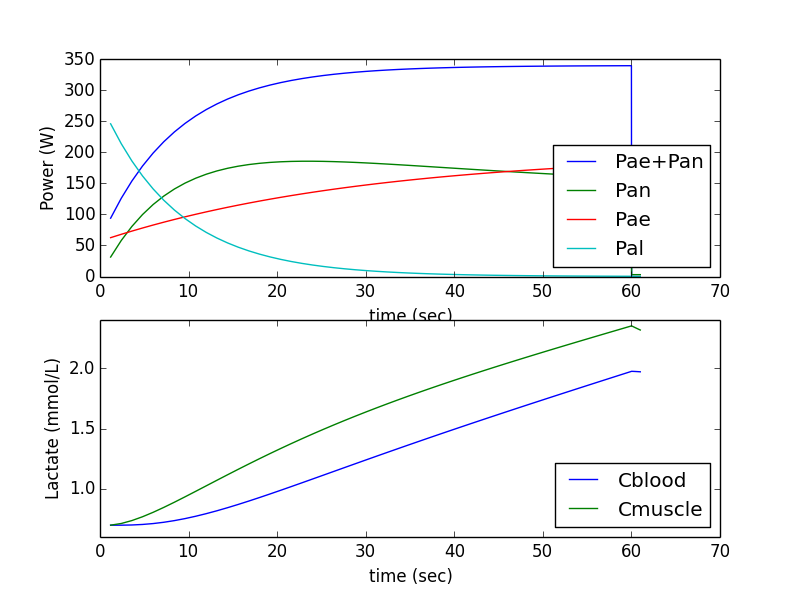
The top graph shows the three energy systems and the bottom one shows lactate concentrations. Looking at the green line, the Anaerobic lactic energy system peaks after 20 seconds, then starts to drop slightly as my aerobic system takes over. This results in quite low lactate values. In subsequent intervals they will increase to about 3 mmol/L but that’s about it. I estimate that about 45% of the energy comes from the lactate producing energy system.
This is at 340W. If I would be able to row the exercise at higher power, this percentage would increase. It is also essential to have long enough rests to make sure that the subsequent intervals do not turn into an aerobic energy system exercise.
The workout – practice
So a 20x1min/1min rest seemed a promising workout to me. Now on to the execution. I couldn’t use RowPro today. It keeps crashing about 20 seconds after I start it up. I don’t know what’s going on. If this continues, an email will go out to the developers, but I don’t want to bother them in this time of the year. It does mean good-bye to colorful graphs, though.
The upside of this, for me, was that I could just program 1 min work / 1 min rest in the PM3 and be flexible. The instruction was “high intensity but submaximal” but to ensure kicking on the lactate system I would have to be above 300W. I also planned to do every 4th interval full out, so I wasn’t sure if I wouldn’t handle down before the 20th interval. Here are the results:
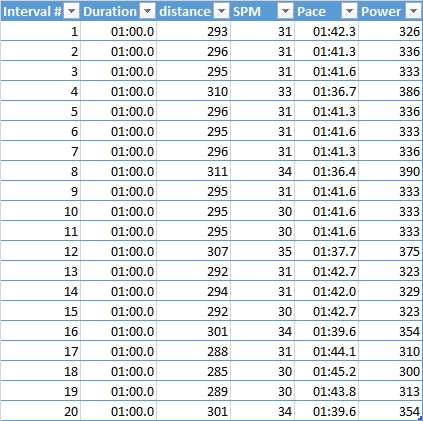

I ended up doing something around 1:41-1:42 pace for the “regular” intervals and 1:36-1:37 for the fast ones. After 15 intervals I was having trouble to keep that pace, and you can see how the last 5 intervals are markedly slower.
It was fun to row (in a twisted, evil, painful way of course). I think I am going to repeat this workout next week.
Other “anaerobic capacity” workouts would be even shorter intervals, at higher power, with relatively long rest.
Nutrition
As I was the chef de cuisine during Christmas, I have to show some of the creations. My daughter took the pictures with her phone. She is not a professional food photographer, so you have to understand that it tasted even better than it looked.
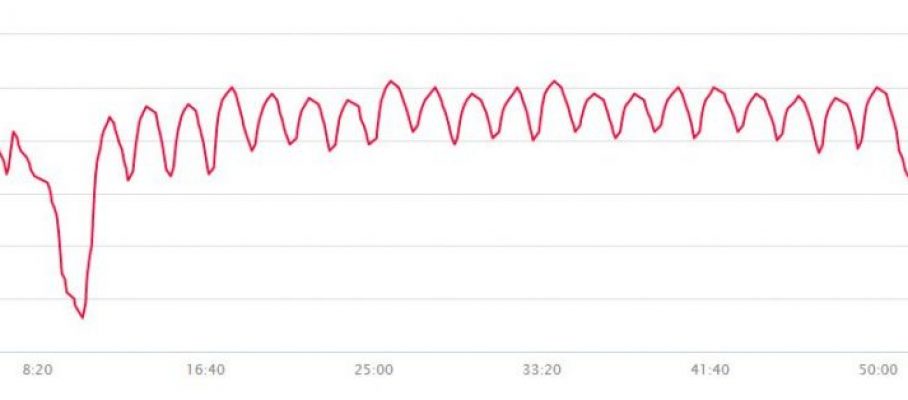





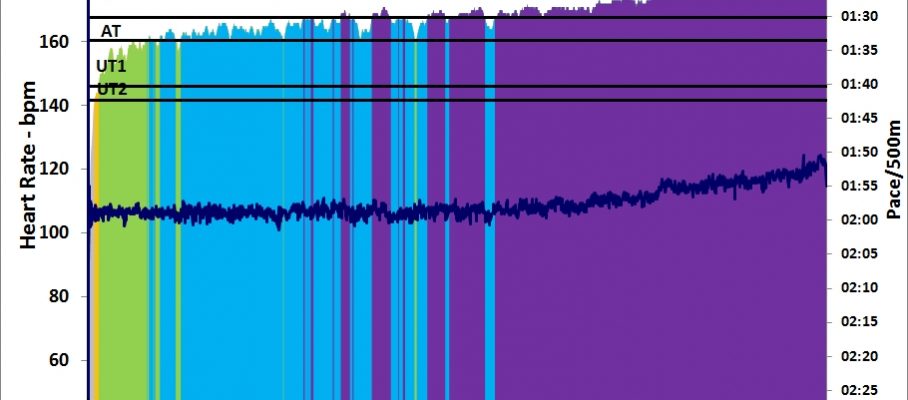
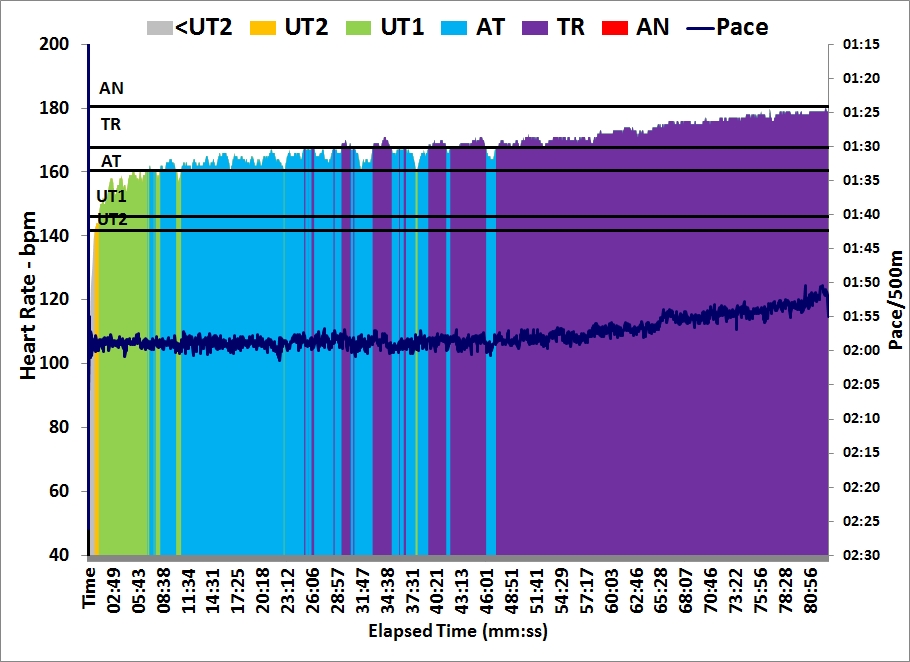
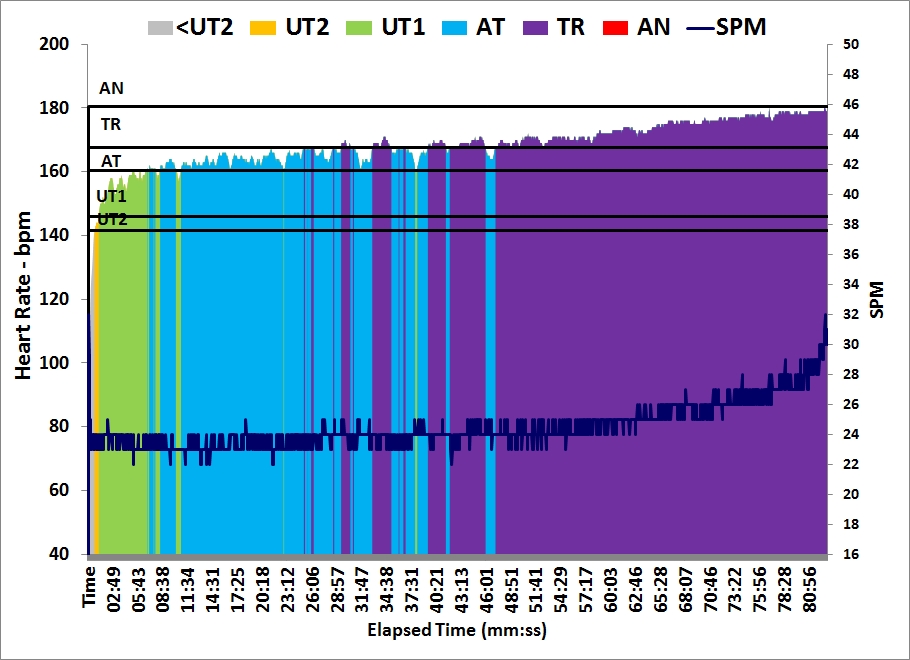
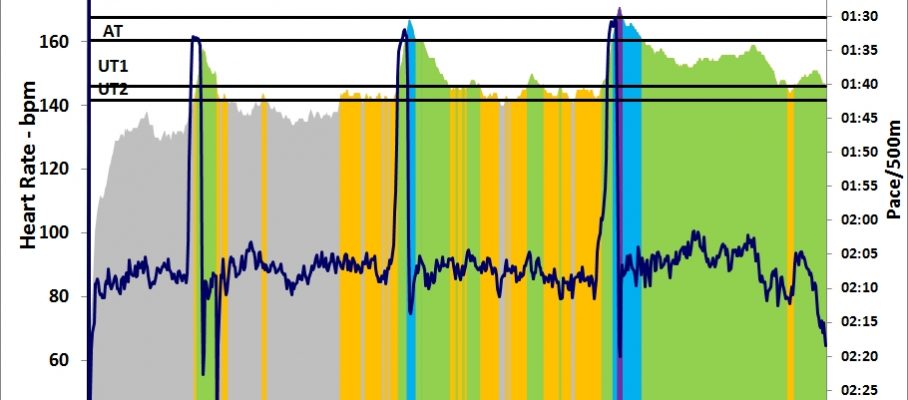
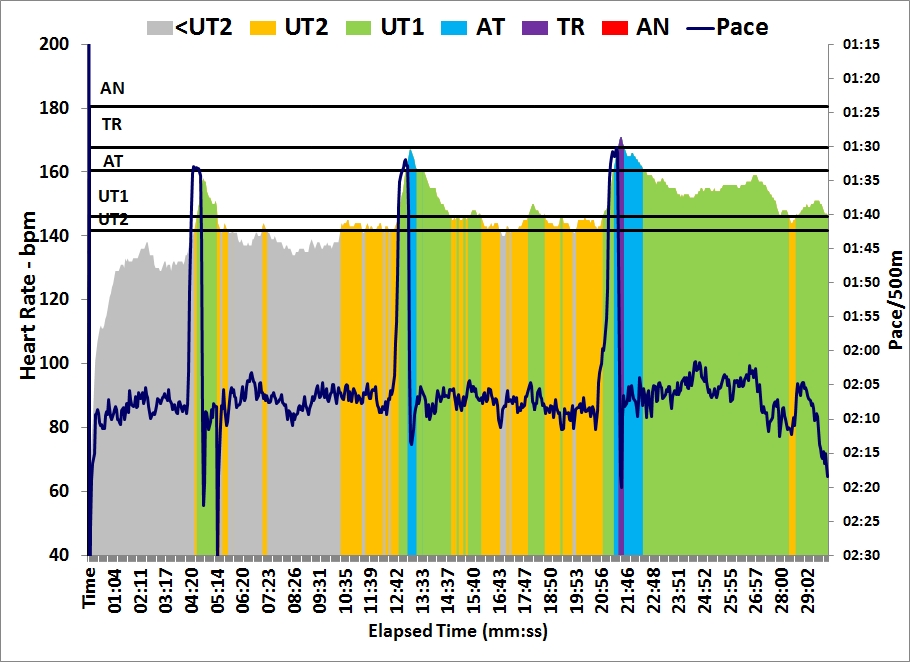
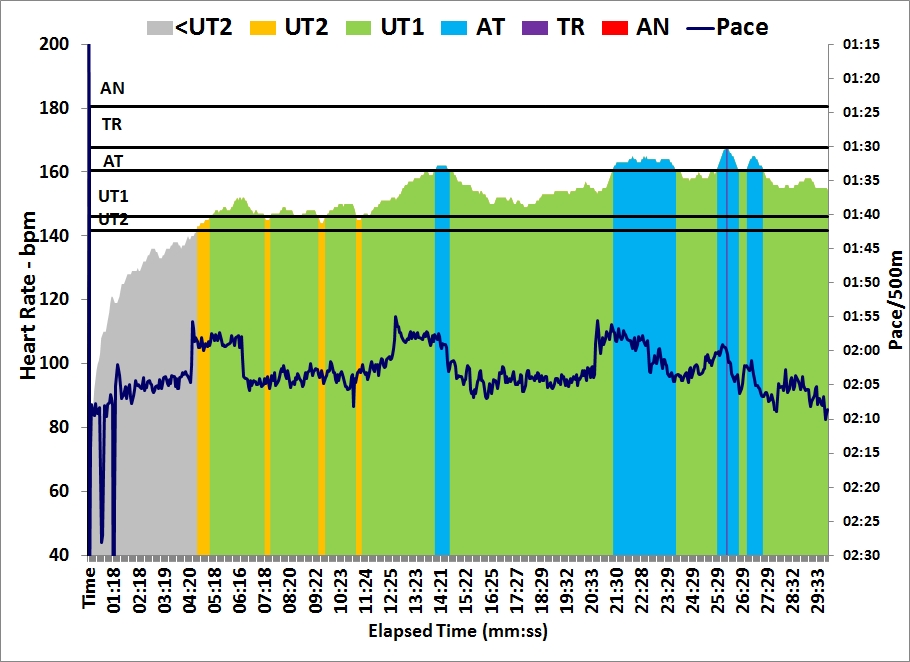
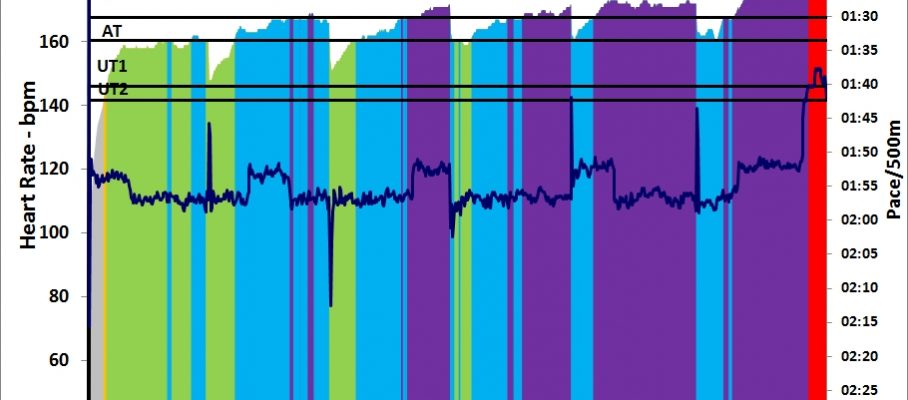
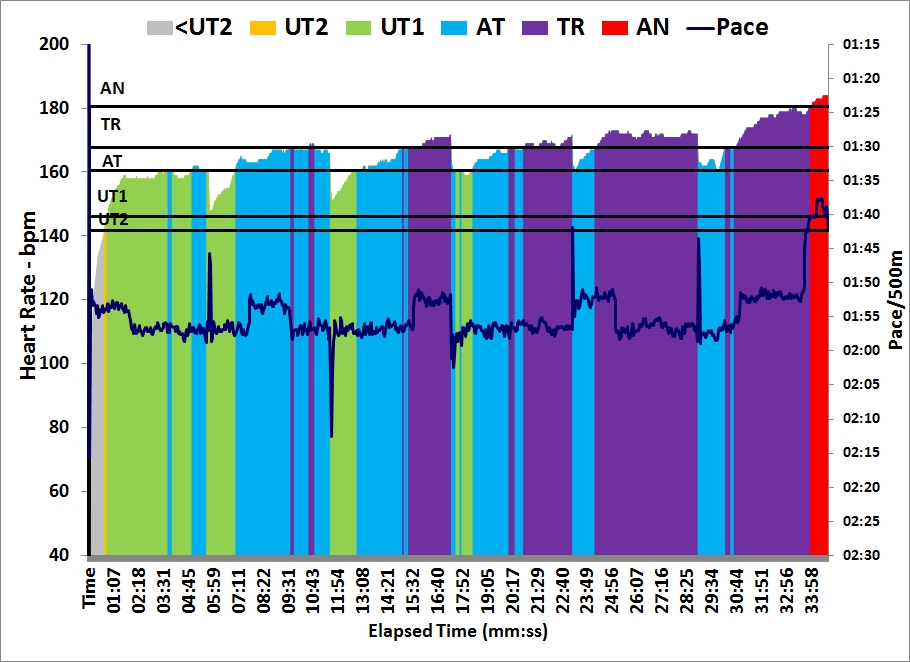
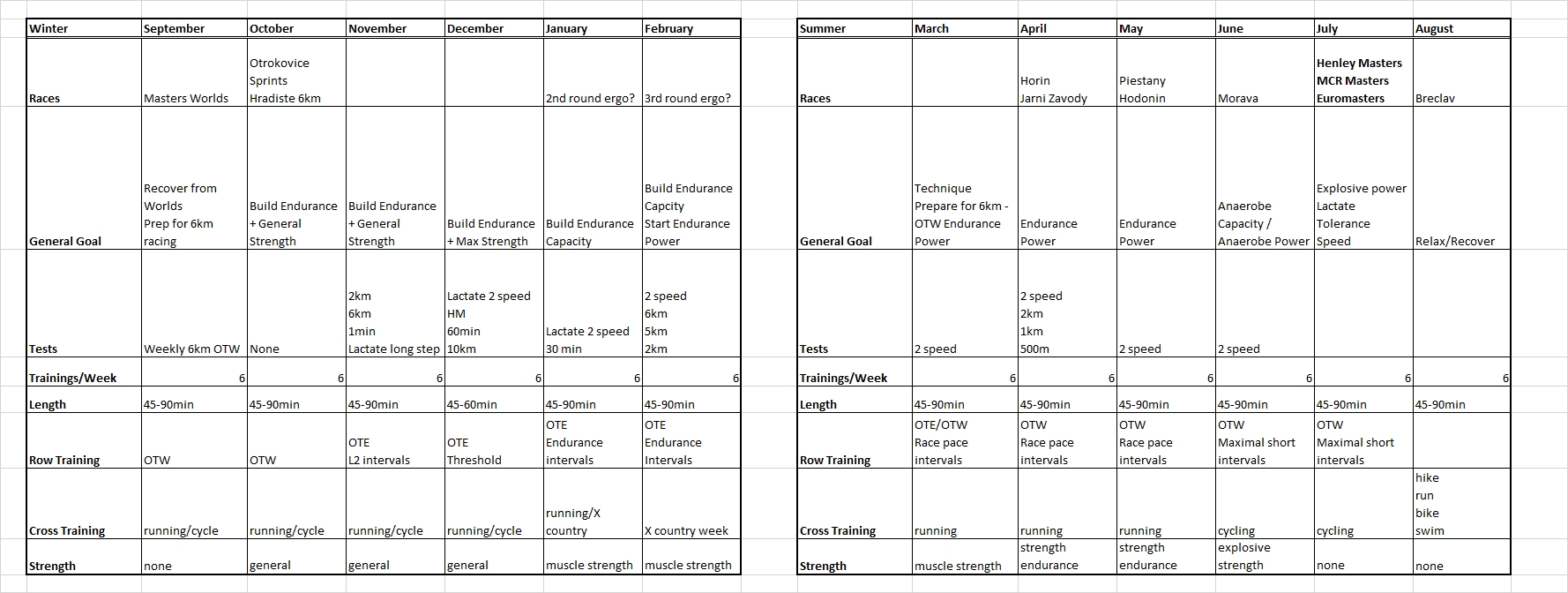
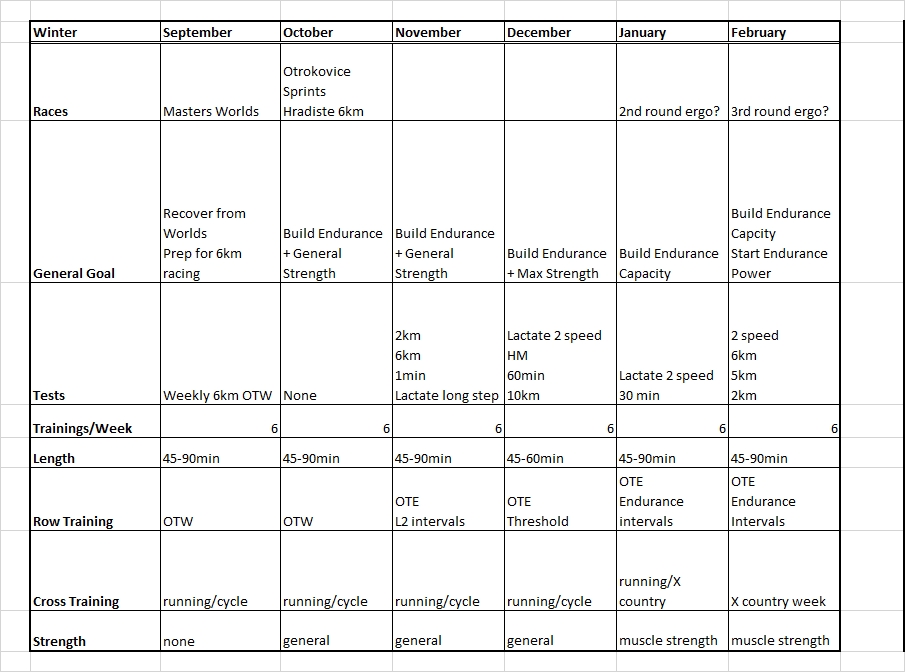
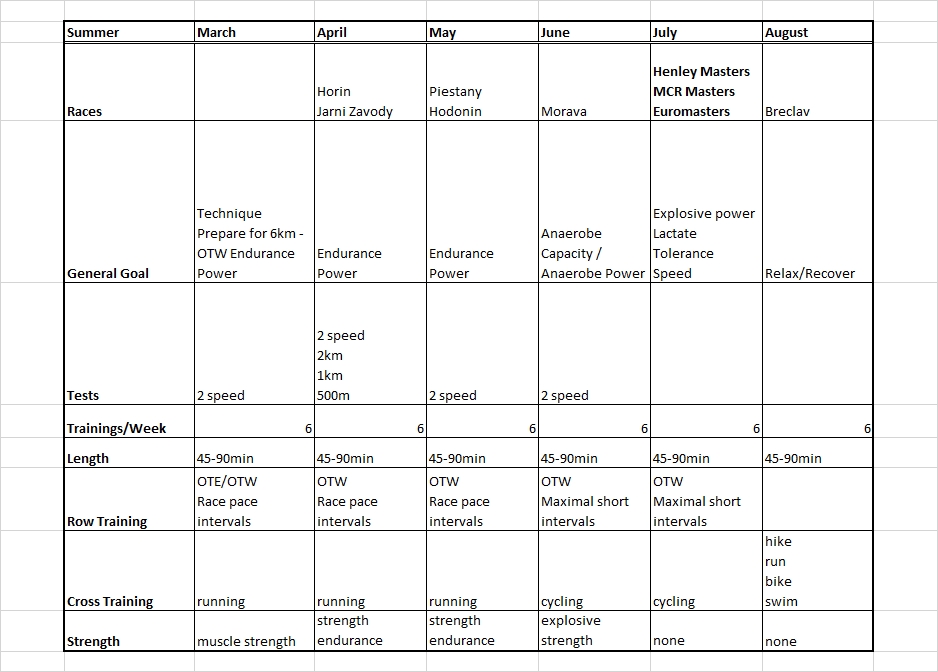
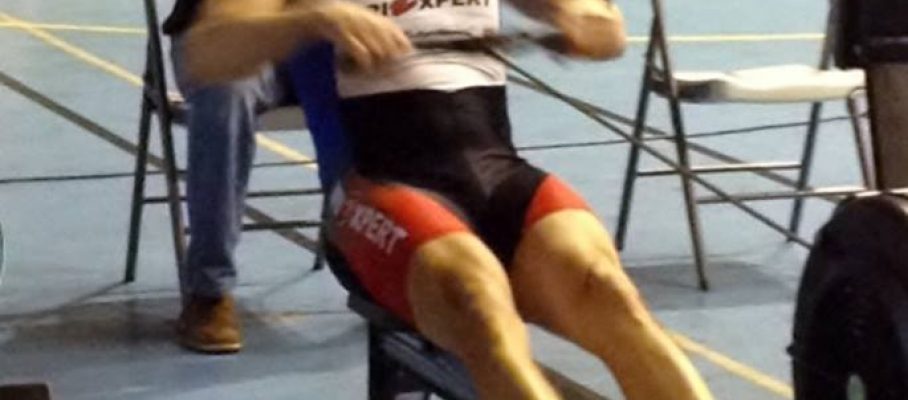
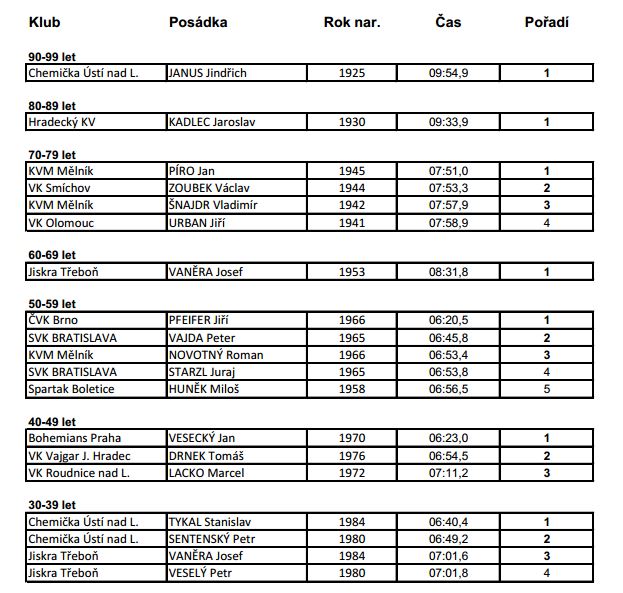
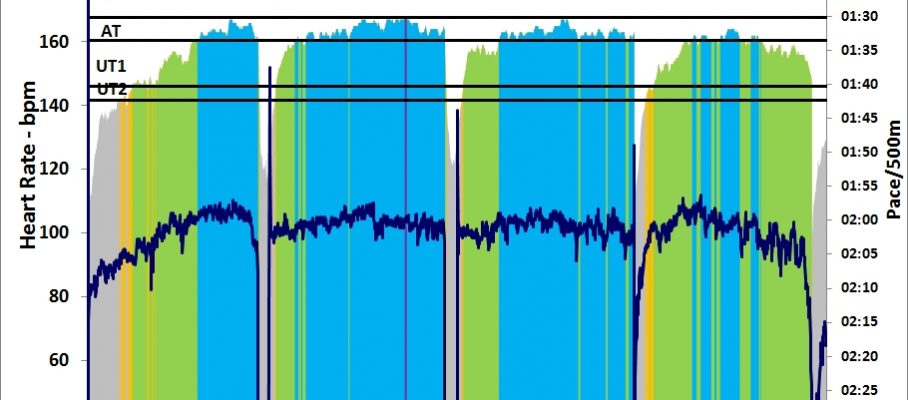
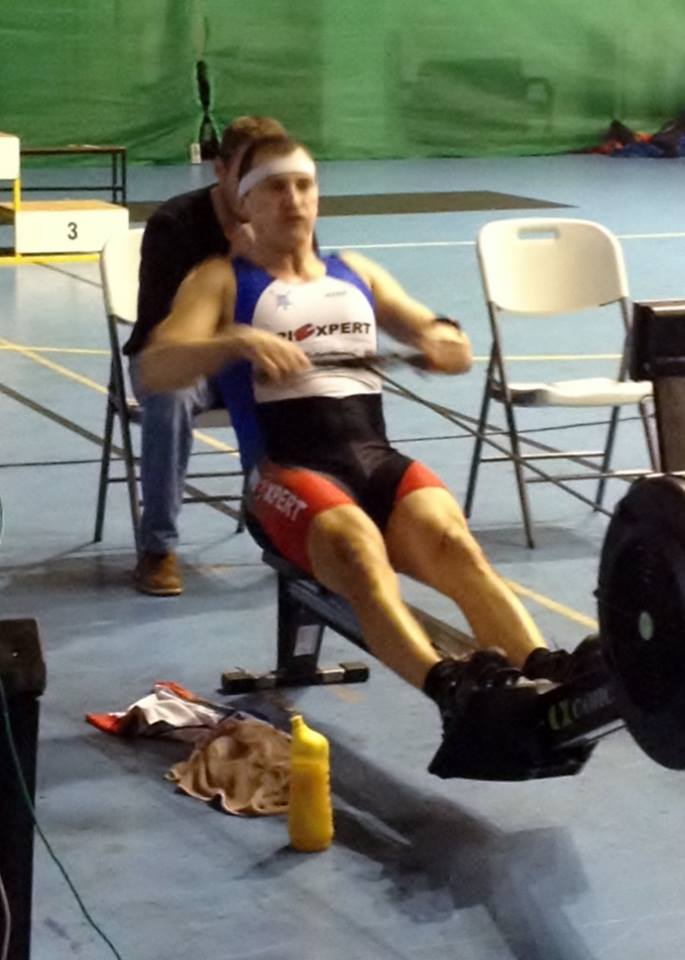
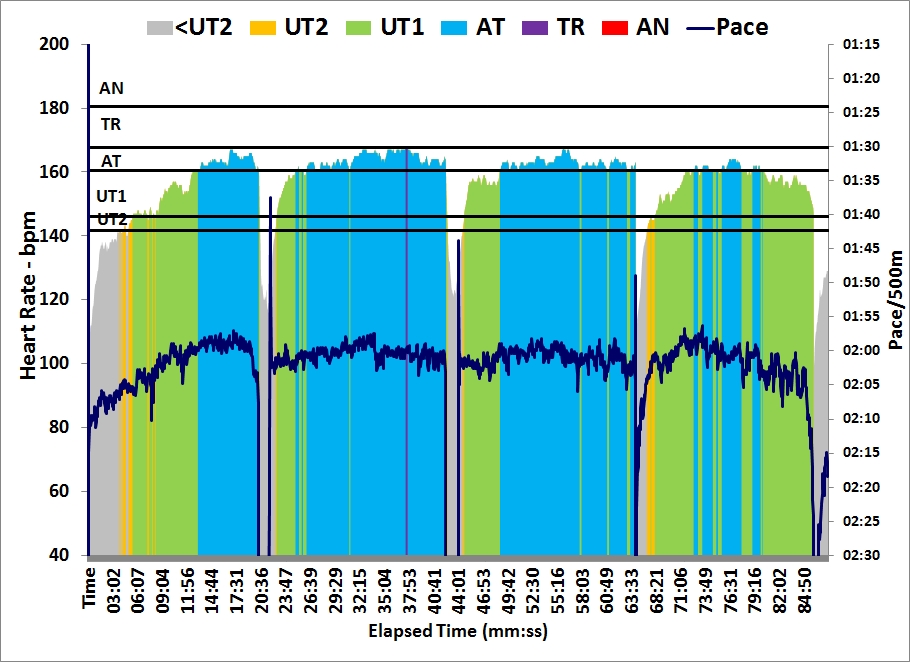
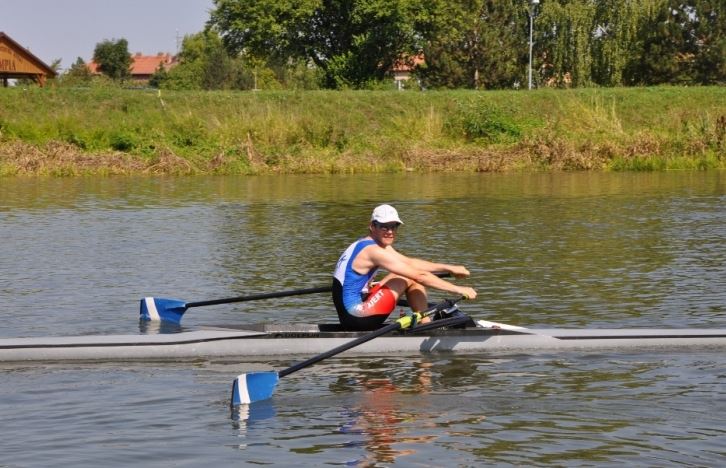
Dec 29 2015
4x20min at lactate
Managed to get RowPro not crashing, so I did a 1k warming up and then the main thing.
RowPro behaved well until it wanted to save stroke data for the row. It threw an error message and offered that I email this to assist at digitalrowing.com, which I did. In the rowing log it shows up as 0m rowed, but when I export a CSV file, I have the summary data, at least:
I started slowly, increasing from 170W to 200W during the first interval. Then I remained between 195W and 205W in intervals #2 and #3. This did feel a bit harder than it should and my heart rate seemed high. Did a Lactate measurement and got my suspicion confirmed: 1.7 mmol/L is a high value for me. I want to be around 1.2-1.5 mmol/L.
So I gave myself permission to back down during the final interval, which I rowed without much pace discipline, oscillating between 170W and 200W. Measured lactate again with the last strip from my first batch and got a nice value of 0.9 mmol/L.
I had some difficulties measuring lactate in the past few weeks. It has been very humid weather. The meter gave an error message indicating that it thought the strips were already used. I suspect that lying for an hour in my humid basement didn’t do them good. So I threw those strips away. Yesterday, I replaced the thermometer with a full blown weather station including a measurement of humidity. When I started today’s row, the air in my basement had a relative humidity of 61% at a temperature of 9 degrees C. This corresponded nicely with the Brno airport reported dew point of 2 degrees C (and an outside temperature of 4 degrees, and thus a partial H2O pressure of 7 hPa). During the row, the temperature rose by 0.1 degree but the relative humidity increased to 70%, I guess by my own breathing. In these conditions, the strips turned out to be usable, but I suspect that in the past weeks the relative humidity has been well above 85%, which is the maximum according to the spec of the strips.
Now I have RowPro misbehaving again. I may try to delete the database and see if that makes RowPro behave well again. Alternatively, I may stop using RowPro and just use the PM.
The training program says that I need to test a 60 minute row this week, but that was just to get nonathlon points. I looked at my half marathon result and decided that I would put a pro-rated score of 15319m on nonathlon. I also noticed that during the 60 minutes of my half marathon I covered 15380m, which is 37m past my PB. So I consider that a new Personal Best.
So I dropped the 60min. I moved a 5k test to January because it is that month’s CTC. I also moved the 10k to the next mesocycle where it will be a nice threshold training. That improves the focus on anaerobic capacity for this mesocycle, which is good.
By sanderroosendaal • Uncategorized • 0 • Tags: concept2, erg, lactate, OTE, rowing, steady state